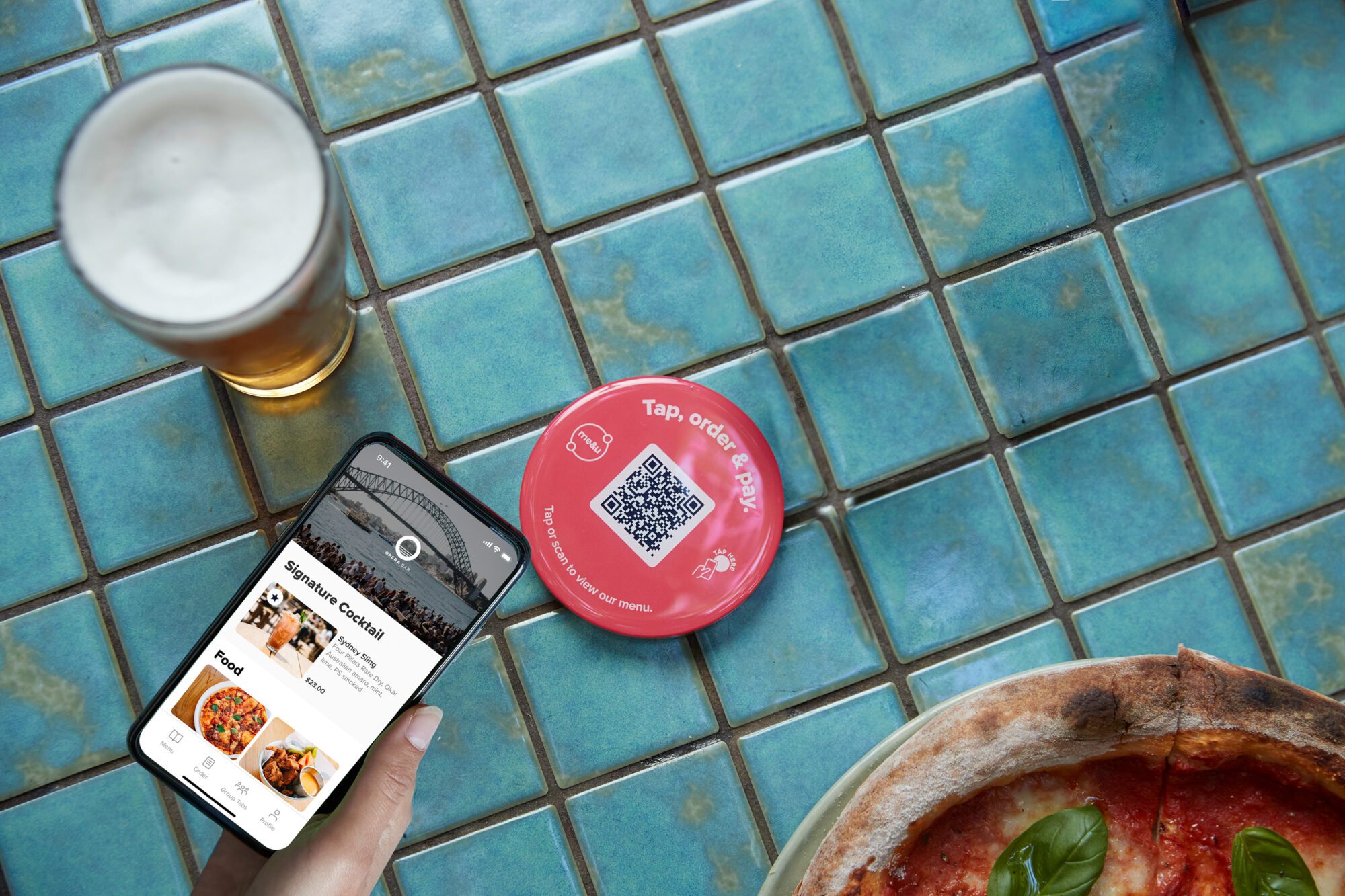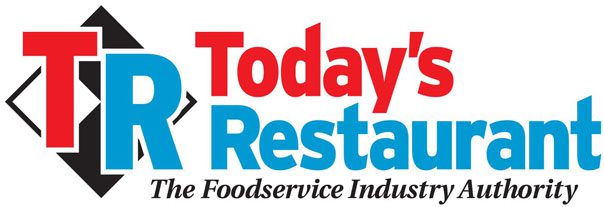
How the future of the depressed restaurant industry looks brighter
Technology Can Help the Industry Over the Last Post-Pandemic Hump
The COVID-19 state of emergency is coming to an end, and restaurants are looking forward to a new beginning. Predictions for the restaurant industry in 2023 are favorable, but there are still challenges to overcome. Brian Duncan, President of me&u USA, a leading global hospitality technology company, is excited about the positive trends restaurateurs are experiencing and offers solutions that will accelerate their success and create memorable dining experiences for their guests.
Austin, TX – The COVID-19 national and public health emergencies, which have been in place since early 2020, are set to end on May 11, 2023.1 This past year or so, the nation and the world have been carefully easing their way back into a pre-pandemic lifestyle. People are more cautious now, and behaviors have changed in the workplace, home, and social settings.
Eating out has always been the perfect way to gather with family, friends, and coworkers and enjoy the food, drinks, atmosphere, and bonding experience. The pandemic took its toll on the restaurant industry, and it’s been a long road back. Brian Duncan, President of me&u USA, a global leader in at-table ordering specializing in restaurants and bars, is optimistic about the resilience of restaurant owners, operators, and staff, especially with the increased adoption of innovative new technologies that are redefining, reinventing, and reinvigorating the experience of dining out.
In 2023, eating out is gathering steam. Americans are spending roughly $70 billion each month dining out; 34% of people gather at casual dining restaurants once a week, and 49% of food expenditures are spent on grabbing a meal away from home.2 The National Restaurant Association has some bright predictions as well. Continued industry growth in 2023 is estimated to translate into $997 billion in sales. The workforce is expected to increase by 500,000 jobs and will actually surpass pre-pandemic employment numbers.3
This is all great news, but the transition has been a costly one. In 2021 the National Restaurant Association reported that food-service sales were $240 billion below pre-pandemic projections. Over 110,000 drinking and dining establishments closed temporarily or shuttered their doors for good.4 At present, 2 million jobs in the hospitality industry still remain unfilled,5 and runaway inflation has increased the cost of food and labor. Surfing the breaks and swells brought on by circumstances beyond their control requires the restaurant industry to adopt a new way of thinking to adapt to the ebbs and flows.
Embracing the simplicity and convenience of smartphone technology, me&u’s groundbreaking scan, order, pay technology delivers convenience without sacrificing human interaction. It’s effortless. Guests scan a QR code with their smartphones, leisurely browse the interactive menu options, and pay and tip with one click.
And for an even more flexible dining experience, there’s me&u flex, which offers a two-way ordering system where both customers and the server can order and add items to the table, enhancing the order flow and freeing up the server’s time so they can focus on doing what they do best — delivering exceptional customer service. Diners can order together and eat together by seeing who at their table is ready to place their order. No orders are left behind, and meals are delivered together. Guests can pay their way with me&u flex; they can split the check without doing the math, and they can opt to pay the check through me&u or the server. Servers can boost their tips with me&u’s automatic tipping feature, where restaurants control the default tip percentage.
Created to meet the needs of casual dining and premium table services, me&u flex is designed to transform the way restaurants do business and elevate the entire dining experience for guests. Faster payment increases table turnover and allows for more revenue and a higher volume of tips. It makes upselling easier with its purpose-built feature set to drive higher customer spending across food and beverage, increasing customer spend by as much as 30%. me&u flex enhances customer loyalty with integrated marketing tools to cater to each guest personally. The ordering experience is more fluid and friction-free, giving servers more time to build relationships with their customers without neglecting other tables.
Duncan affirms, “At me&u, we aim to build a better future for hospitality through innovation, leveraging technology to help restauranteurs work smarter, improve operations and maximize revenue. It’s been a difficult time for the restaurant industry, especially dealing with labor challenges post-pandemic and the rising cost of goods associated with inflation. me&u flex was designed with customer service in mind as a true restaurant solution built to address the pain points and enhance the already amazing job we know you do as a restaurateur.”
To find out more about me&u flex, watch our video here: https://vimeo.com/me&u flex.
About me&u
A global leader in the hospitality technology space, me&u is on a mission to build a better future for the hospitality industry. Launched in 2017, me&u was conceptualized by Founder Stevan Premutico to transform the traditional ordering experience in a bid to solve deep-rooted structural issues that have been the Achilles heel of the hospitality industry for decades. The technology is not just a digital menu but one that is intelligent and highly personalized to the ordering experience for both the customer and venue. me&u presents the best of both worlds — seamlessly enabling greater human connection while ensuring efficiency for venues, greater client satisfaction, and retail growth. The company that Premutico has created works with operators, not against them, to create a more profitable future for the industry through fair financials, transparency, and a hospitality-led founding team. Visit https://www.meandu.com/.
References:
- Juliette Cubanski Follow @jcubanski on Twitter, J. K. F. @jenkatesdc on T. (2023, February 10). What happens when covid-19 emergency declarations end? implications for coverage, costs, and access. KFF. Retrieved April 28, 2023, from kff.org/coronavirus-covid-19/issue-brief/what-happens-when-covid-19-emergency-declarations-end-implications-for-coverage-costs-and-access/
- The most surprising Americans eat out statistics and trends in 2023 • gitnux. GITNUX. (2023, April 18). Retrieved April 28, 2023, from blog.gitnux.com/americans-eat-out-statistics/
- 2023 state of the restaurant industry . NRA. (n.d.). Retrieved April 28, 2023, from restaurant.org/research-and-media/research/research-reports/state-of-the-industry/
- KateRogers. (2021, January 26). Restaurants staged nimble responses to Covid’s blows in 2020, but 6 years of growth were wiped away. CNBC. Retrieved April 28, 2023, from cnbc.com/2021/01/26/restaurant-industry.html
- Latham, T. (2023, February 3). Restaurants are still struggling to hire as 2 million jobs remain unfilled. Robb Report. Retrieved April 28, 2023, from //robbreport.com/food-drink/dining/hospitality-leisure-jobs-pandemic-1234803857/
To view more interesting articles visit www.trnusa.com/blog





Recent Comments